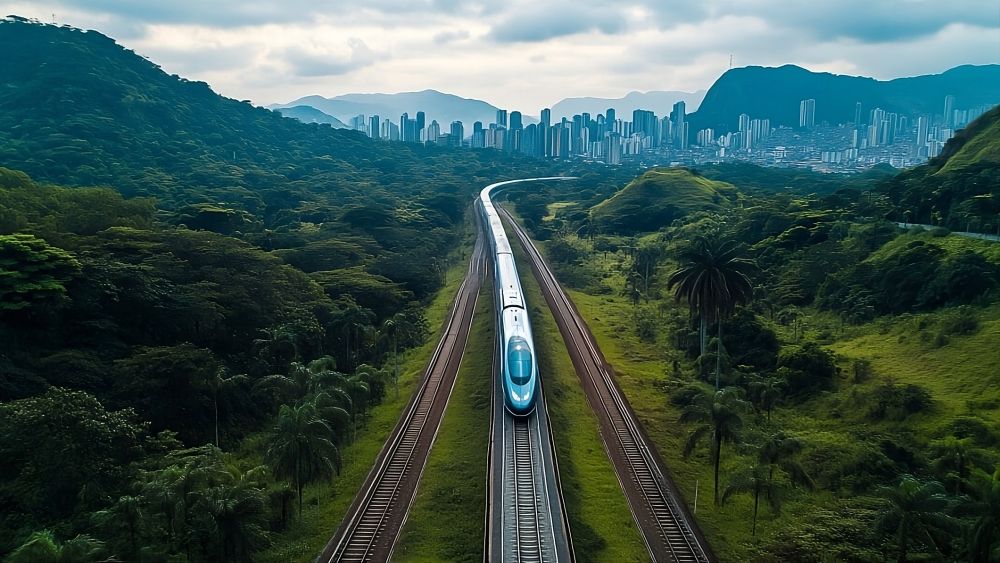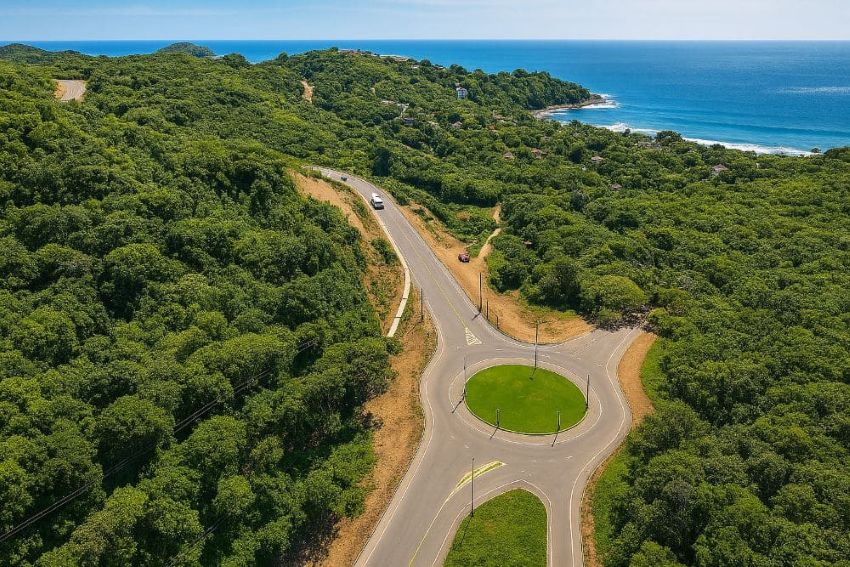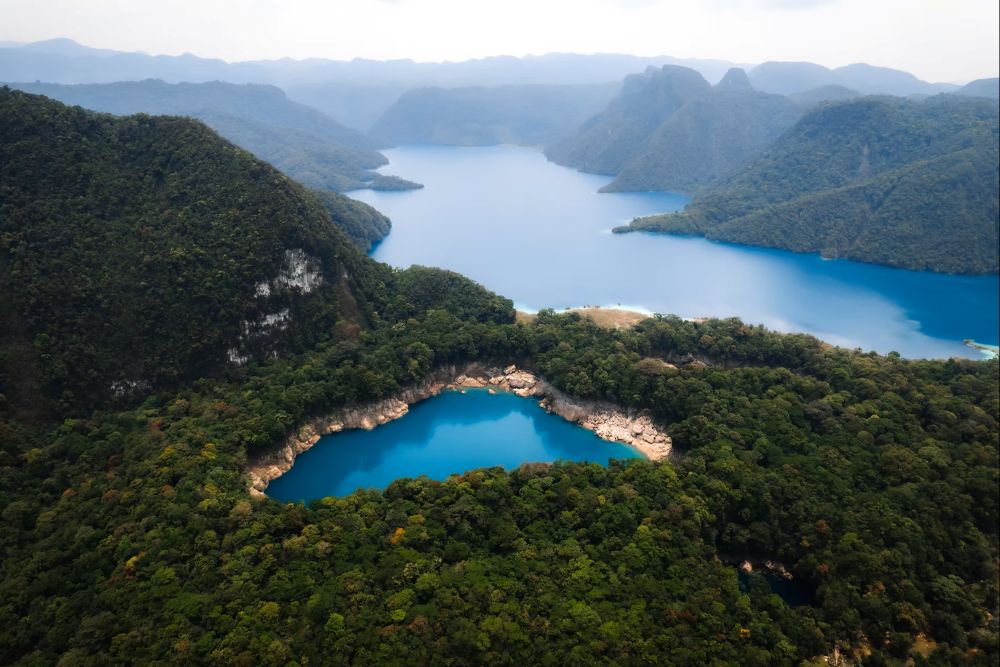Connecting Rio de Janeiro to São Paulo in just 1 hour and 45 minutes — that’s the promise of Brazil’s first high-speed train, with construction set to begin in 2027. Managed by private operator TAV Brasil, with an initial investment estimated at USD 10 billion for a 99-year concession, this 417-km project is one of the most ambitious in Latin America. With trains reaching speeds of up to 350 km/h, it will revolutionize mobility along the country’s busiest corridor.
A competitive alternative to domestic flights
Four main stations are planned: Rio de Janeiro, São Paulo, São José dos Campos, and Volta Redonda. The 1h45 journey offers a direct alternative to domestic flights, whose total duration — including access and waiting times — easily exceeds two hours. The fare, capped at 0.49 reais per kilometer (around USD 80 per trip), places the ticket in a competitive range compared to air travel. An extension to Campinas, an economic and airport hub, is also under consideration, which would bring the network’s total length to approximately 510 km.
An ambitious timeline
The timeline foresees operations beginning in 2032, pending completion of technical studies, environmental licensing, and land acquisition procedures. If these steps are successfully completed, Brazil will join the global high-speed rail map, becoming the second country in Latin America — after Argentina (Buenos Aires–Córdoba) — to develop such a line on the continent.
Our article: Latin America on rails: Five rail experiences not to be missed
A game changer for tourism professionals

For industry stakeholders, this project opens the door to new marketing opportunities. The reduced travel time will facilitate the creation of combined circuits linking Brazil’s two largest cities, while making secondary destinations like Paraty, Búzios, and Campos do Jordão more accessible. By diversifying travel flows and extending the effective length of stays, the train will enhance the appeal of both domestic and international tourism markets.
The arrival of this high-speed train goes beyond transportation: it invites a rethinking of Brazil’s tourism connectivity. By quickly linking Rio and São Paulo, Brazil positions itself not only as a regional pioneer in mobility, but also as a more integrated destination, capable of offering travelers diverse experiences from its main urban hubs.
Photos: D.R | Click Petroleoegas | Yulia Tímofeera










